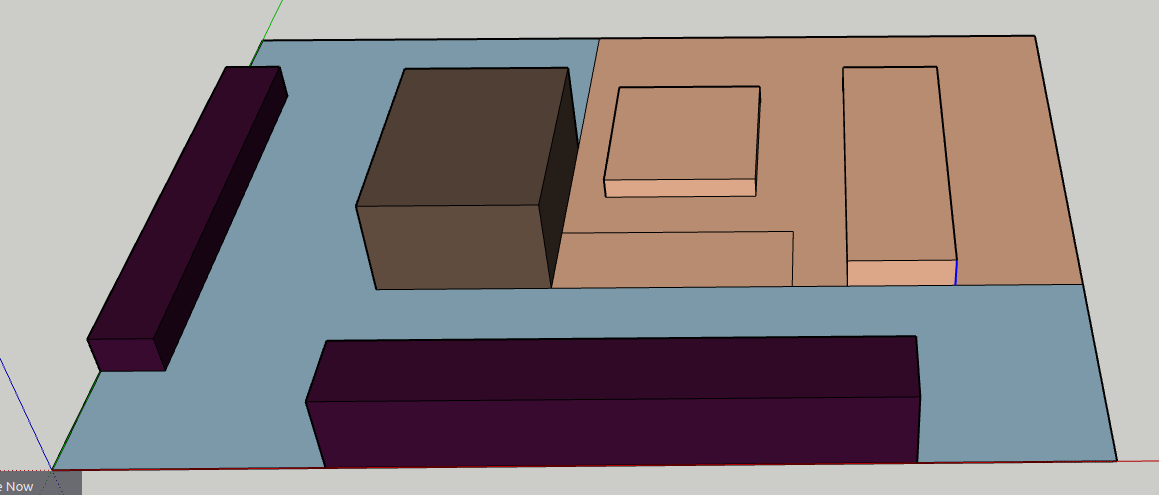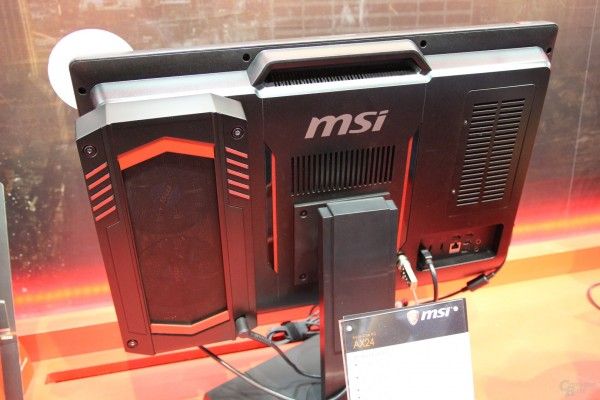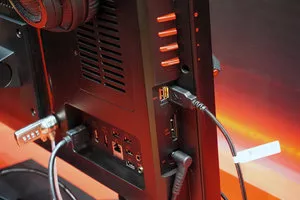Why AIO
-
Enthousiasts
Move around a lot with systems, having one that is servicable, not overpriced and uses desktop parts allowing for custom specs would be a great option. Especially for those that move around a lot, or just dislike clutter. -
Normies
Mostly interested in smartphones, tablets and maybe laptops. Techs that are more portable and one single piece. They won’t salivate for AIO systems, but it will be a far more attractive choice. -
I really like the built-in speakers of my monitor…
Purpose
-
Reuse of older parts
A lot of older systems are perfectly usefull for regular desktop use, and will be for a long time. As long as you respect a certain minimum spec: 4-core, 64bit, at least 8GB DDR, SSD… (and Debian-based nonfree-enabled Linux for performance, compatibility and stability) -
Shortage of new components
-
New stuff is often overpriced
-
I want to busy myself building and selling stuff. It seems like a fun way to actually contribute to both coffers and society. I want to find out if this is economically profitable.
Features
-
Handle on top of the screen to easily move it, or at the very least some place to screw one in securely
-
Decent quality amp and speaker (Volume knob is optional?)
-
Plenty of USB ports, and an SD-card reader would be nice.
-
Freely available Blue-print, CAD-files (if plastic pre-made mold)
-
PDF manual for building these, and with explanation of how some parts are connected and work, and why some decisions were made.
-
Airflow considered (probably with plenty of perforation), and the build is preferably around 10cm thick, no more than 15cm
-
If possible (I kind of doubt it) clear sections for certain parts, such as motherboard, PSU, custom wiring
-
Thinking of screen-cover/cushion for moving as an accessory
Challenges and doubts (there are a lot)
-
Are older computer screens reusable for this? If so from which monitor size? Smaller might work with (defect) laptops. Removing screens seems ideal but how can these be nicely placed in the case if dimensions vary? Is 22inch possible? If it doesn’t work with the dimensions of 24ich 16:9 + lower or side speakers it is a far less useful endeavor.
-
Do the kits need to be mass-produced and made newly from plastic? Can the needed parts be pre-made in a simple workshop? If the latter is possible can parts of old cases somehow be reused?
-
I am no electrician nor know a lot about all this but it will probably require some custom wiring to have only one power cord and make sure that one button boots and shuts both system and monitor down. Making the ports of the motherboard accessible, would it be better to somehow extend them? Just use add-on for front of the case?
-
Are discreet graphics even feasible? PCI extension-cable seems to have proven to be reliable, and there are a lot of cheap and/or passive cards that could help older processors and motherboards along.
I’m not saying I would immediately start a business for this, but I think it would have a niche in current times. Proper branding (not for the small business, but more in a distro or community/movement kind of way) could really help this along. Impressions and insights would be appreciated. Including harsh reality checks.


